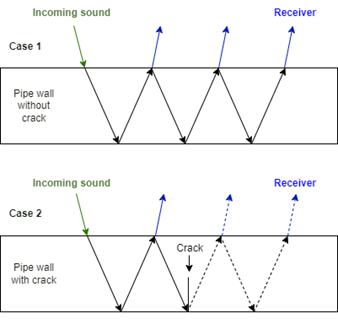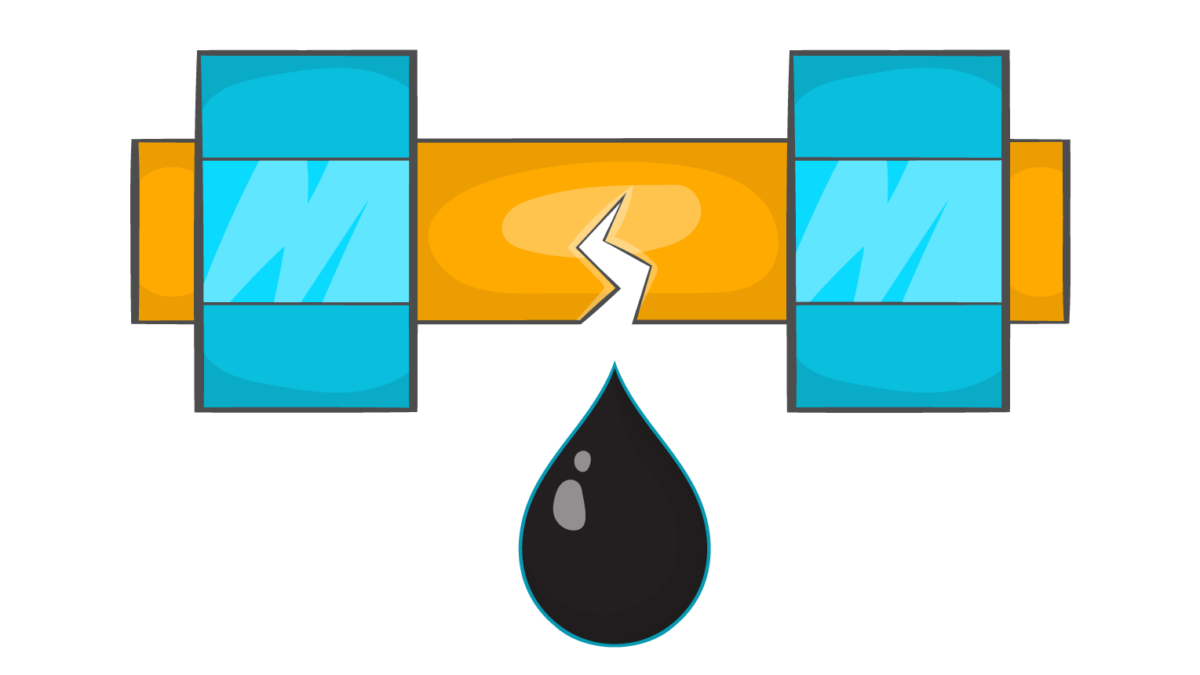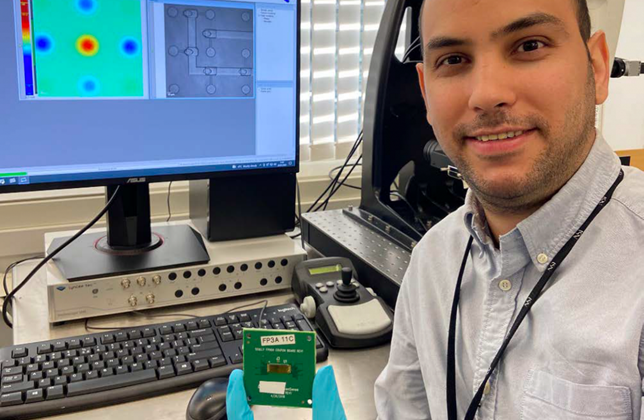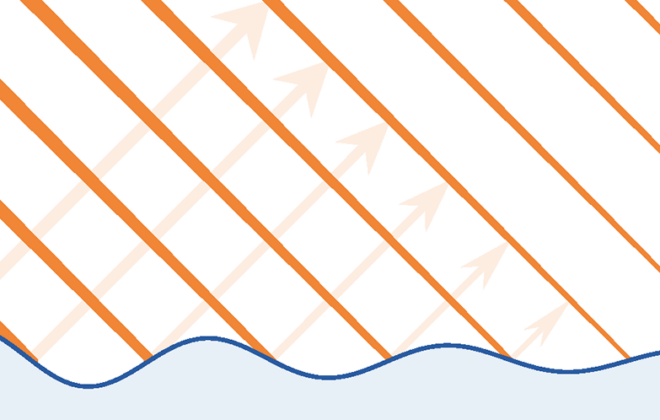Ultrasound for improved crack detection
I have a created a modelling tool that can calculate ultrasonic sensitivity of cracks in pipelines, which is 8 times faster than commercial software. The model can simulate the behaviour and characteristics of waves within a pipe wall which are generated when an ultrasonic transmitter is radiating sound towards the pipe wall. These internal waves will be distorted somehow when encountering a crack, so knowing how these waves behave is vital in optimizing sensitivity in crack detection applications.
Background
Within the pipeline industry, monitoring of the pipe integrity and health is an important topic. The pipelines may transport oil and gas with a high flow velocity and pressure, and are therefore sensitive to mechanisms that can deteriorate the pipe wall such as corrosion (e.g., rust), or sand in the flow which essentially can grate down the wall thickness. Worst case, these mechanisms can lead to cracks with major consequences for both the environment and people (pdf). It is therefore critical to be able to identify and monitor the mechanisms that lead to cracks and to be able to detect the cracks themselves.
Measurement principle
We can use ultrasound as a method for both monitoring and detecting cracks. This is done by using an in-line inspection tool (“ILI tool”). The “ILI tool” is a cylindrically shaped technology which is self-driven and can travel hundreds of kilometres through the pipe. Attached to the tool are ultrasonic transmitters and sensors which radiate sound towards the pipe wall and then picks up the reflected sound waves.
Depending on what is monitored, information regarding the pipe wall can be extracted by these reflected sound waves. For instance, within crack detection applications, we expect an energy reduction from the reflected sound waves if a crack is encountered. This is because when the incoming sound interacts with the pipe wall, some of the wave energy will penetrate the wall and create internal waves that bounce back and forth. This is illustrated in Figure 1, where two cases are shown.

Case 1 shows the incoming sound wave (green colour) hitting the wall, generating waves that bounce back and forth between the surfaces (black colour). With each bounce, some energy is radiated back into the pipe (blue colour) from where the incoming wave was generated. Through populating this area with receivers, we may then pick up the energy propagated from the transmitter, into the pipe wall, and then back out again to the tool and receiver. If this path contains a crack, as in Case 2 of the figure, the energy of the received signal will reduce or be distorted somehow (dotted lines) compared to Case 1.
Modelling solution
Clearly, this method is highly dependent on the wave behaviour and characteristics inside the pipe wall. The wave paths and the ultrasonic behaviour described in Figure 1 has been simplified in order to illustrate the concept; a complete and physically correct description of the wave characteristics and behaviour is highly complex and intricate. In addition, a pipe wall may have other features that are not cracks but can still reduce the signal strength of the ultrasonic waves. The challenge then is to distinguish what is a crack and what is not, which may be solved by developing a technology that is highly sensitive to cracks, and insensitive to general irregularities or other features.
To be able to predict this, we need a complete mathematical description that can simulate the wave characteristics and behaviour inside the pipe wall. This is essentially the topic of our article, where we developed a model that can describe these waves (basically case 1 in Figure 1). The model is based on a method called the angular spectrum method (ASM) and allows for the calculation of, e.g., wave energy inside the pipe wall.
For simplicity, we are modelling sound waves in a plate which will behave the same as in a pipe wall if the pipe has a large enough diameter. The article serves mainly as an introduction and validation of the model against COMSOL, but will be used for optimization of crack detection applications in another article.




